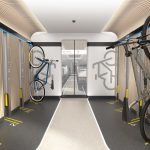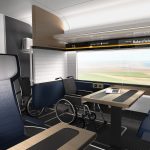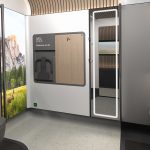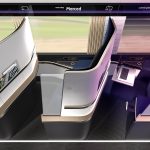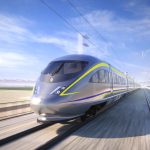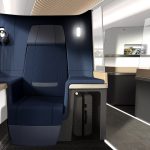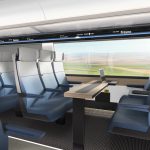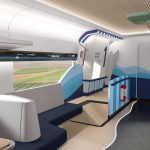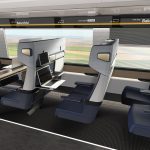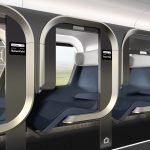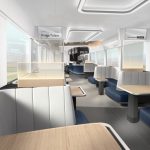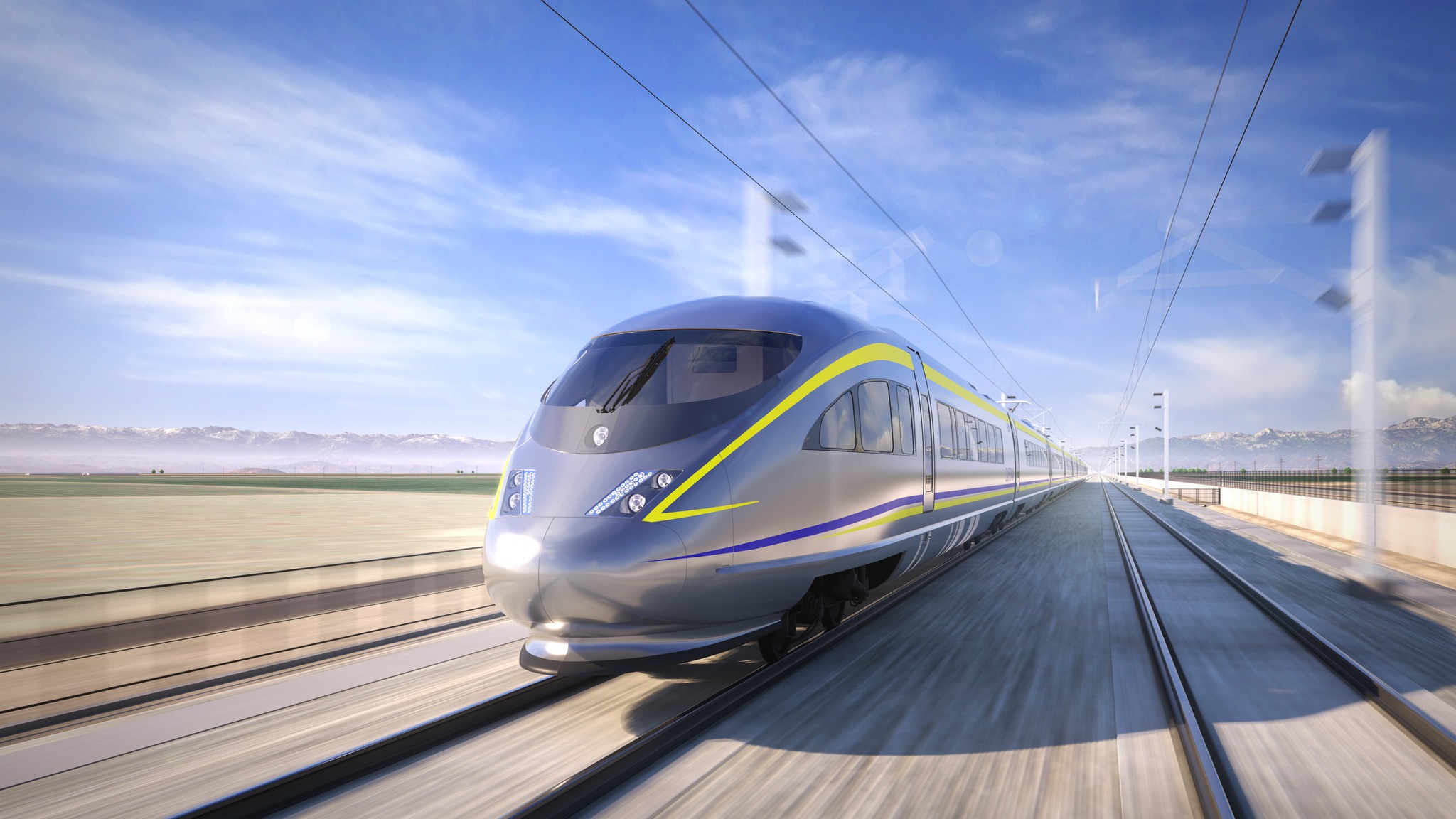 California High-Speed Rail Authority’s Board of Directors decided to request proposals from Alstom Transportation and Siemens Mobility shortlisted for high-speed train contract.
California High-Speed Rail Authority’s Board of Directors decided to request proposals from Alstom Transportation and Siemens Mobility shortlisted for high-speed train contract.
The “board action continues our urgent march to put federal dollars to work, creating new industries and economic opportunity around high-speed rail. By the end of this year, we will know who will build California’s first high-speed trains, setting the course for better, more accessible rail travel in California,” Tom Richards, the Chairman of Authority Board of directors said.
With proposals due in the fall, the Authority hopes to award a contract by the end of the year. The contract also includes the provisioning of 30 years of trainset maintenance, inclusive of a mid-life overhaul.
The contract covers the delivery of 6 trains which are able to operate at 355 km/h and to be tested at up to 390 km/h. The contract includes two prototype trains to be delivered in 2028 to support static and dynamic testing and trial running. In the first phase, high-speed trains will make 18 daily round trips reducing travel time to 90 minutes from 3 hours currently. According to estimation, the value of the new trains is USD 533.7 million including the driving simulator.
The evaluation will consider 60% price bid and 60% the technical part. The price includes capital delivery costs of the six trainsets, spares, and driving simulator and operational costs for maintenance and the mid-life overhaul.
Federal Railroad Administration’s statute requires final assembly of trainsets to be in the U.S. from 100% domestic components, unless justified waivers granted by U.S. Secretary of Transportation and based on dollar value, over 90% of high-speed trainset components are domestic, but certain items are still not produced in the U.S.
In August 2023, the authority approved the Request for Qualifications to industry for the high-speed train contract.
In December 2023, the US Department of Transportation awarded California High-Speed Rail Authority a USD 3.1 billion grant for infrastructure works and the procurement and testing of the new trains. The funding will support the design and construction of trainset facilities and Fresno station, the design and right-of-way acquisition for the Merced and the Bakersfield extensions and the construction in the Central Valley.
The new trains will enter passenger operation on the 275 km Merced – Bakersfield line, the first high-speed rail section to be put into commercial service. The authority has begun work to extend the 191.5 km (119 miles) currently under construction to 275 km (171 miles) of future electrified high-speed rail from Merced to Bakersfield. There are currently more than 25 active construction sites in the Valley, with the Authority having also fully environmentally cleared 679 km (422 miles) of the high-speed rail program from the Bay Area to Los Angeles County.
The highlights between the 2023 project update report and the draft 2024 business plan include USD 3.3 billion new federal funds awarded by the authority to advance the work on the initial operating segment between Merced and Bakersfield; the awarded of necessary procurements to move the project from construction into operations, including purchasing electrified trains and designing the track and systems needed for passenger service; the first construction package (CP 4) covering 36 km (22.5 miles) in the Central Valley reached substantial completion.
California high-speed railway line will link San Francisco to the Los Angeles basin on a 3-hour journey. The system will eventually extend to Sacramento and San Diego, totaling 1319 km (800 miles) with up to 24 stations. Over a decade, USD 11.2 billion have been invested for country’s first high-speed rail system, being created 92,000 job that generated USD 18 billion in total economic activity. The investment also created USD 7 billion in labor income, which is all forms of employment income associated with the activity, including employee compensation (wages and benefits) and business owner income.
Share on:



